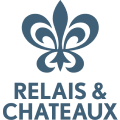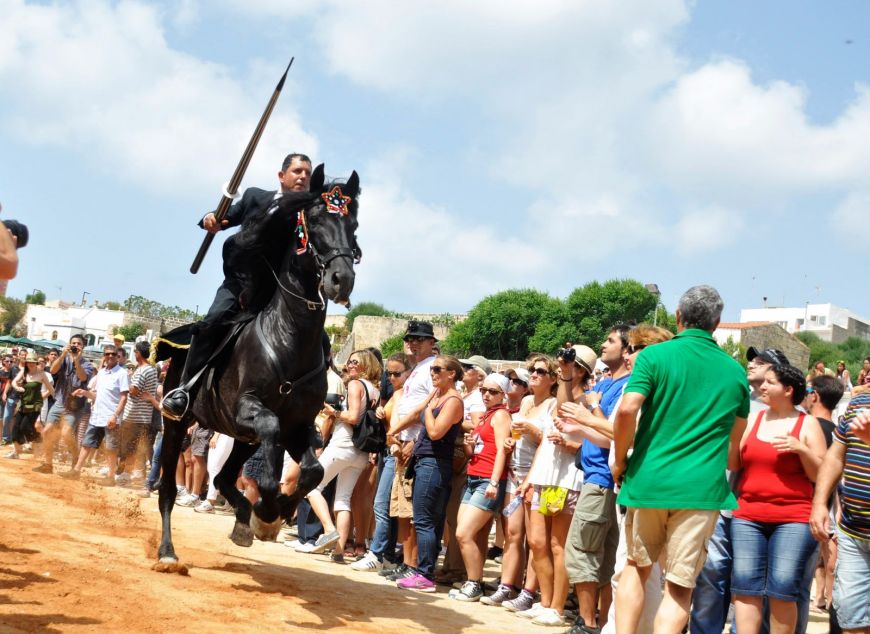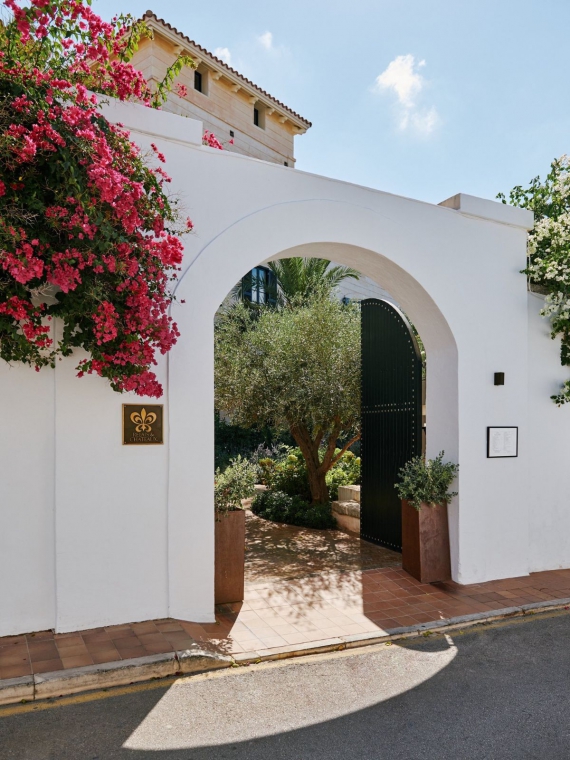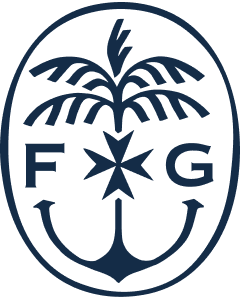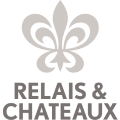This 2021 the flags of the party will wave to commemorate past years. San Juan festival has been postponed until 2022.
June is a special month in Ciutadella. The colors change as the day lengthens, and the summer heat begins to be noticeable between the “marés” walls. In the city, there is a calm that anticipates what is to come. What for any "ciutadellenc" is the most special date of the year. The feast of San Juan, which is celebrated mainly on 23 and 24, paralyzes any activity that has nothing to do with this ancestral tradition with more than six centuries of history.
And of which in Can Faustino we leave a nuance in the form of portraits and photographs that adorn our walls. It is not the only connection we have with these important dates. The experience in our Country Club gives a glimpse of why Menorca continues to be, after so many years, an island that looks inward, towards its countryside. The island's peasants, horsemen who are the protagonists of the San Juan festival, have been responsible for maintaining and caring for the natural environment of Menorca from time immemorial. Today we are going to reveal to you some of the secrets of these peculiar and exciting parties.
San Juan, a peasant festival
The root of the feast of San Juan is, above all, religious. The origin is approximately in the 14th century, when the Obreria de San Juan Bautista began a pilgrimage on horseback to the hermitage located on the road to Sant Joan de Missa. In this pilgrimage the representatives of the social classes of that time participated: the nobility, the clergy, the artisans, both teacher and apprentice, and the peasants, one from the north and the other from the south of Ciutadella. Most of this entourage, however, was led by the peasants who, after the harvest, made the offering to the saint.
From here the main figures of the festival emerged: the “caixer Capellà”, representative of the clergy; the "caixer Senyor", representative of the nobility; the “caixer Fadrí” and “Caixer Casat”, the artisans; and the “caixers Pagesos”, the representatives of the field. The rest of the entourage, to carry out the pilgrimage on horseback, are called "cavallers" or knights. These figures have been around for centuries, to this day.
Horses conquer Ciutadella
In addition to the pilgrimage, which is celebrated on the 23rd in the afternoon, the feast of San Juan has been incorporating other important moments. And most of them take place in the historic center of Ciutadella. From some of the Can Faustino terraces you can perfectly see the “Jocs des Pla”, one of the most anticipated events due to its spectacularity and color, and during which events of medieval origin are held on the back of magnificent horses.
Also the "caragols" which consist of going around a square three complete times, have a huge success among visitors. The interaction between animals and people, in a unique dance in the world, make these "caragols" a very special moment. One of them, El Borne, takes place a few meters from Can Faustino. However, it is not difficult to run into the procession at any time of the day, as the “replec” or collection of all the participating gentlemen runs through the cobbled streets of Ciutadella. The only survivors of those first pilgrimages of more than six centuries ago.
The main moments of the party
The acts that make up the feast of San Juan are repeated year after year. To be able to follow them fluently, we leave you a list of the main moments to take into account.
June 23
- "Primer toc." It is the moment that starts the festivities. At 2pm sharp, the "fabioler" asks the nobleman for permission to officially begin the acts.
- "Caragol des Born". After collecting the entire cavalcade, the horses gallop into Plaça del Borne, where the first “caragol” of the festival takes place.
- "Completes de Sant Joan de Missa". The procession heads towards the hermitage of Sant Joan de Missa, where a liturgical act is held. They return to the city when the sun goes down.
- "Corregudes de Sa Plaça". Very similar to a “caragol”, this act takes place in “Ses Voltes”, and is one of the most spectacular and also dangerous, due to the little space and the amount of people that accumulate.
- "Caragol de Santa Clara". It is the last “caragol” of the day and takes place in the surroundings of the Santa Clara convent, located in the historic center.
June 24
- "Jocs des Pla del matí". It is a kind of "rehearsal" of what awaits the public in the afternoon. The riders perform some of the tests.
- "Corregudes de Sa Plaça". It is done in the same way as the day before. Some families take the opportunity to go with the smallest of the house because it is daytime.
- "Caragol de Santa Clara". It is also another of the moments in which fathers and mothers take the opportunity to show one of the most beautiful acts of the party.
- "Missa de Caixers". It takes place in the Cathedral of Ciutadella and the entire procession attends.
- "Caragol des Born & Convidada". After the last "caragol" in the central square, the nobleman invites the municipal corporation to the afternoon games.
- "Jocs des Pla". It is one of the most anticipated moments by many, and the most spectacular. The riders perform a series of medieval tests to the sound of music.
